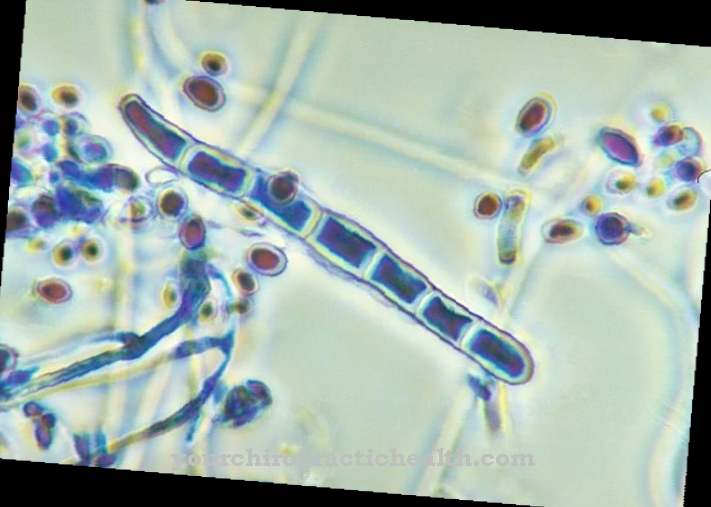Titanium implants are the most common today Epithesis bearer. They grow into a bone and end in small metal pins above the skin to which the epithesis can be fixed.
What is an epithesis bearer?

Epithesis carriers serve as a holding device for an implant-fixed epithesis. The implant-fixed epithesis is the third form of anchoring craniofacial epithesis, alongside the glasses-retained and adhesive-fixed forms. Craniofacial epitheses are used as exogenous materials, unlike prostheses, for example, primarily to compensate for aesthetic facial defects and thus to restore a relatively inconspicuous face, for example after an accident.
Implant-fixed epitheses are the most common forms of anchorage today. These are final epitheses that are in a definitive position. Titanium implants are now used more frequently than expensive ceramic implants to support epitheses. The epithesis can be attached to tiny titanium pegs protruding from the skin using various systems.
Shapes, types & types
Epithesis bearers can give the epithesis a defined hold, for example by means of magnetic connections. Such an option is available for orbital, nasal or auricular epitheses, among others. The titanium implants are connected with corrosion-resistant mini magnets. Depending on the part of the body, these magnets can be equipped with protection against transverse forces, which prevents the epithesis from slipping. Such mini magnets are also known as long-lip magnets. Mini magnets with protection against lateral displacement are called lip magnets.
A bar-rider construction is still used less often today to anchor the epithetical attachments in the titanic bone implant. The bar rider locks onto a bar joint and thus carries the epithesis. This variant offers significantly less protection against slipping and is associated with a higher foreign body feeling. The same applies to fastening with press studs or clips, which are rarely used today.
Structure & functionality
In surgical epithetics, the use of an osseointegrated (bone-integrated) titanium implant as an epithesis carrier is precisely planned in advance. The constructions must be well thought out in order to be able to support the epithesis in the long term. Hygienic requirements are also taken into account in the planning. The connection point between the epithesis and the titanium implant must, for example, be able to be cleaned with as little effort as possible. Both materials science and knowledge of epithetic construction principles are required for planning.
The titanium implant is inserted into a nearby bone in an operation. Tiny metal pins usually extend through the skin from the implant and serve as fixation points when attaching the epithesis. Whether the epithesis is attached to the metal pins using clips, magnets, press studs or a bar-rider construction is decided by the patient's personal requirements. Active people usually care about the firm and relatively permanent hold of the epithesis. You want to know that displacements of the epithesis, for example during sport, are excluded. This often distinguishes their needs from older people, whose lives are more peaceful.
The quieter life goes, the less important is a defined and bomb-proof fit of the epithesis. Older people in particular often care more about easy handling of the epithesis or the ease of cleaning of the penetration site instead of a high level of security against displacement. A good epithetist plans these individual requirements when considering the epithesis. As a rule, it takes some time after the titanium carrier has been inserted until the epithesis carrier is firmly incorporated into the bone. Only when this is the case is the epithesis put on.
You can find your medication here
➔ Medicines for painMedical & health benefits
Epitheses have no physiologically functional use, but they do have a psychologically functional value. As mentioned above, epithetical restorations are usually prescribed for purely aesthetic purposes. Most often the patients are war victims, cancer survivors with disfigurements or patients with a deformity.
Disfigurements, especially in the face, are a heavy burden on the patient's psyche. The face acts like an interpersonal business card. It plays a major role in interpersonal interaction and thus also influences the integration of people into social groups. Often, patients with facial defects therefore live an isolated and lonely life with little social interaction. For one thing, they are often ashamed of their disfigurement. On the other hand, they are sometimes exposed to active ridicule or at least reap horrified or curious looks from other people. They can escape this through isolation, but the loneliness is not without consequences for the psyche.
Sometimes depression occurs as a result of disfigurement or deformity in the facial area. Self-esteem is reduced or barely any longer there. In social interactions and in everyday social life, those affected find it difficult and feel insecure, so that everyday life and, for example, work become a challenge that can hardly be mastered.
An epithesis can give them back security in social life. It helps with reintegration and reduces psychological stress. Epitheses without bone-integrated epithesis carriers only fulfill this purpose to a limited extent, since they are less well defined and therefore leave behind great uncertainty. Defined epitheses using titanium implants as epithesis carriers minimize the risk of slipping and thus reduce residual uncertainty.

.jpg)
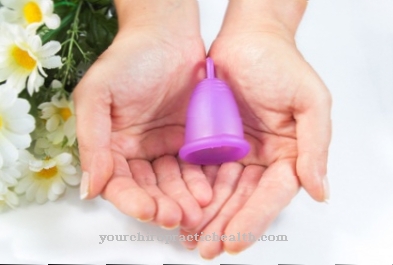



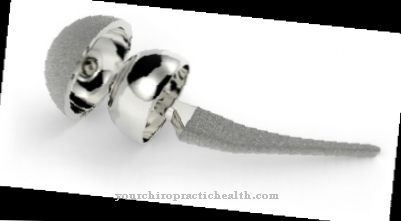


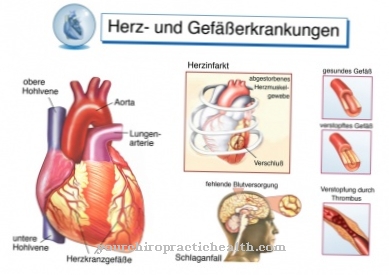



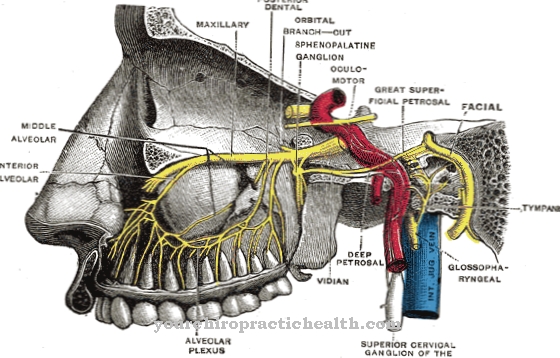

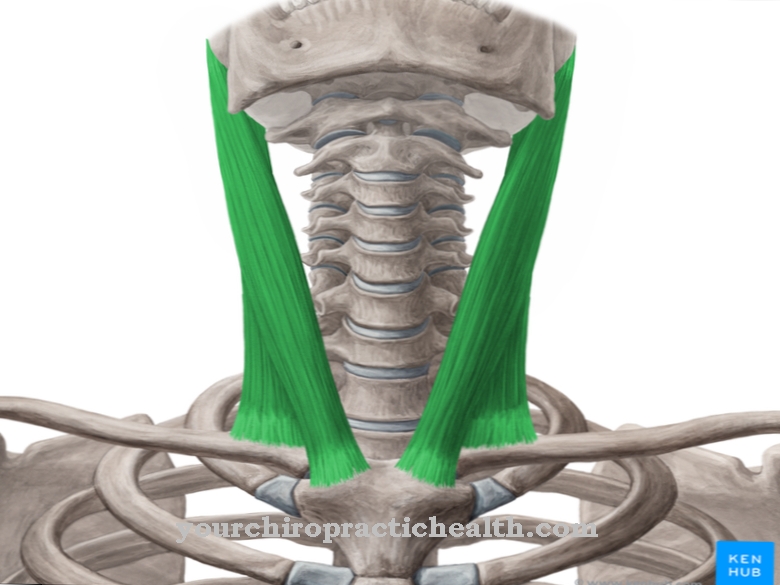






.jpg)
.jpg)

